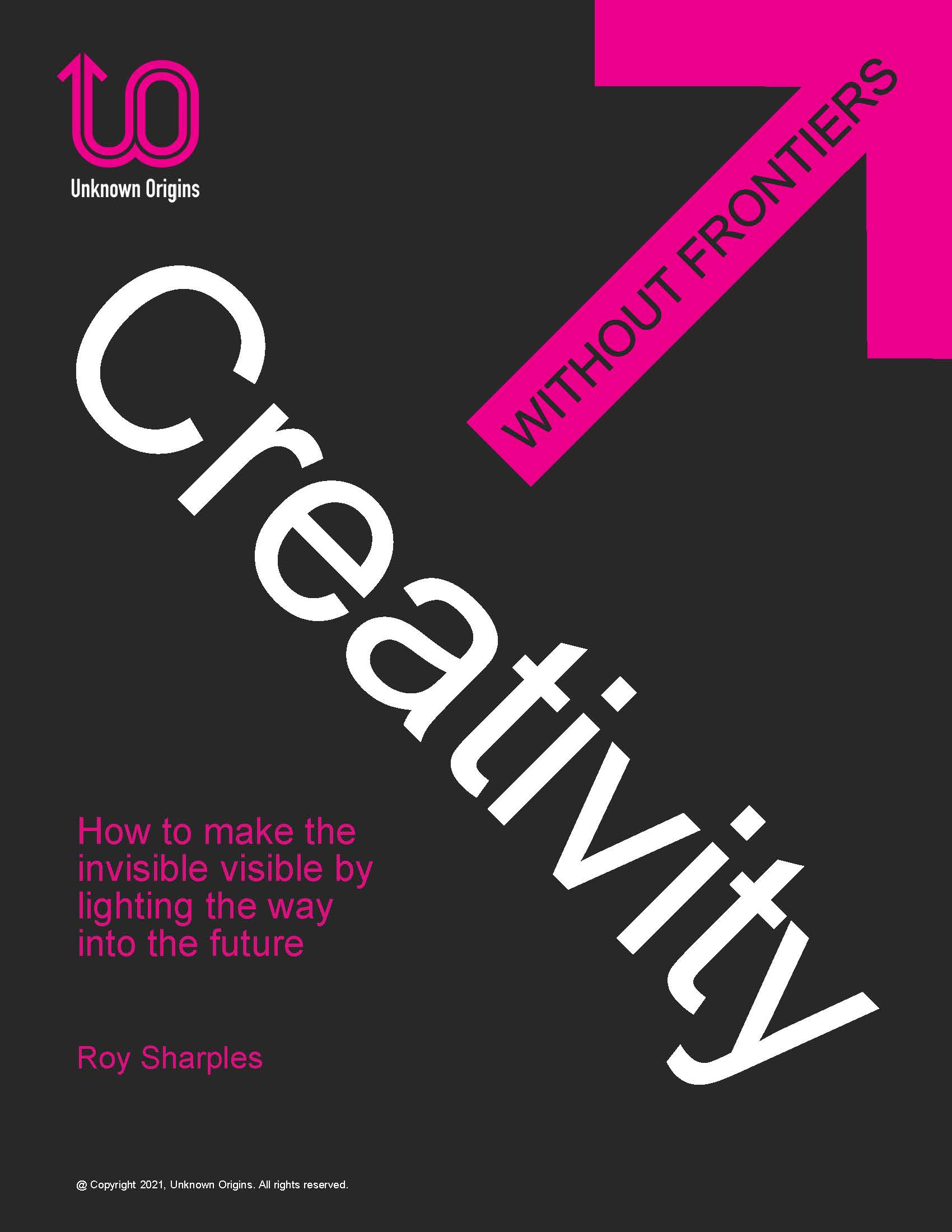
"Busting the following myths:
MYTH 1: Creativity is about artistic expression, and it is not a differentiator in moving business, politics, science, and society forward in a meaningful way
MYTH 2: Creativity cannot be taught: you either have it or you do not
MYTH 3: When a business loses its creative edge, the only way to fix it is to buy it
MYTH 4: Creativity is a solitary, heroic, and random act of individual genius. It cannot be managed because you never know where ideas come from, when inspiration will strike, who needs to be involved, and how to make it happen
MYTH 5: Creativity is not a competency that can be managed in an organization to evaluate performance and talent"
Log In or become an AIMA member to read more articles
